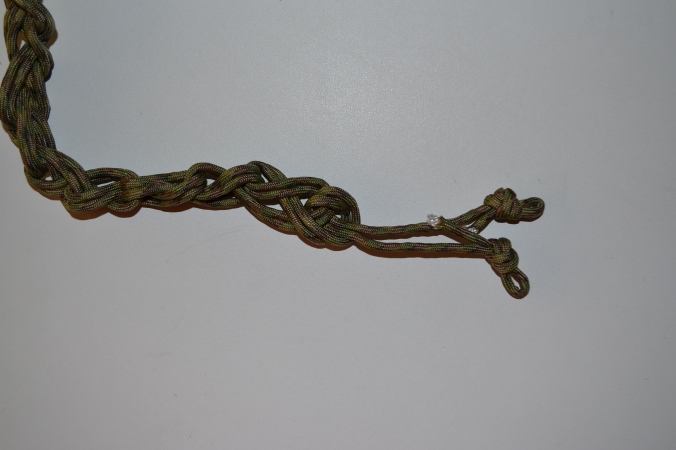01.02.2018
0600
Materials:
- Velcro straps
- Cardboard
Tools:
- Cables
- Rope
- Christmas Lights
Organizing long ropes is always a bit tricky. There are many different methods and techniques that people use in different professions. I discovered a few that help me keep different types of cords organized.
Every cable has a natural coil. When you try to fight that coil, bad things happen. The cable eventually twists on the inside, and when you needed it the most, the cable will fail.

For long extension cords:
For extension cords, I use the “Over-Under Technique” to keep my longer cords in a loop form but also to keep it from twisting was I’m wrapping it up. This method eliminates unnecessary twists in the cord and allows the cord to coil in it’s natural state (like it was wrapped from the factory). You can check out how this technique is used at Digital Photo: “Studio Safety: Coiling Cables”. The technique looks like this:

Basically, you take the cable at one, holding the cable in one hand with your thumb holding that end down. With your other hand, and your thumb facing the same direction as your other hand, bring the cable around to create a loop and let that loop sit in your holding hand.
Then create another loop but face your thumb away from the holding hand’s thumb, bring it around to create another loop, but when it reaches your holding hand, make sure your thumb is facing the opposite direction of the holding hand’s thumb. Repeat these two types of loops until you finish with the entire cable. When you coil your cables in this sequence, the cable does not twist while you coil it up.
If you need to use the cable, you can grab the end of the rope that is on the outside, throwing the coil away from your or just pulling on one end, and the rest of the cable will unravel quickly.

For shorter cables, I wrap the cable around my hand, using the space between my thumb and index finger.
With Christmas lights, I take a piece of cardboard and I cut it into an “I” shape, with small slits cut into the four inside corners of the cardboard piece. These slits are about half an inch and marked where the red lines are located in the picture. If you want to know the measurements for my cardboard holders, I included it in the image below.


Tuck the female end of the christmas lights into one of the slits. Continue wrapping the cord around the middle piece of the cardboard until the entire cord is wrapped. Then take the male end of the cardboard and tuck it into the nearest available slit.
When you need to use the Christmas lights, simply plug in the male end of the cord and unravel while decorating your tree, or just decorating inside as needed.
I also label each cord using masking tape, with that type of light it is (marked with the yellow circle) so it’s easier to identify each year when we set up the Christmas decorations. I also write the length of each cord on both the male end and female end, which is identified with the orange circle.
- White Solid = White lights that don’t blink
- White Blink = White blinking lights
- Color Solid = Color lights that don’t blink
- Color Blink = Color lights that blink



So these methods are how I keep my long cords organized and I’m sure there are more techniques as well. Hopefully these ideas will spark some new ways of how you can organize your cords.






























